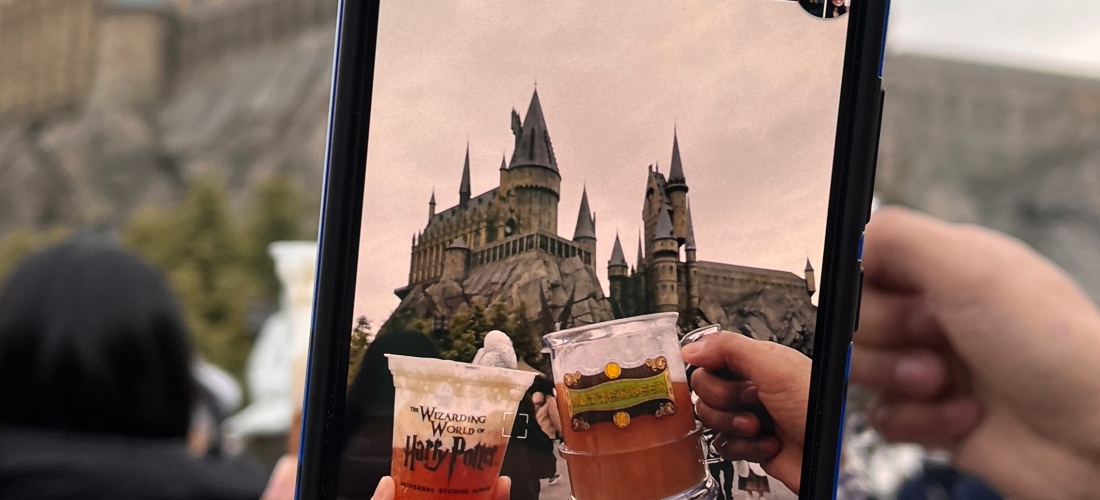How’s your Instagram feed looking? Is your color palette on point? Are the grid photos showing a similar look and feel? How about your Facebook engagements? Or your network on LinkedIn? And the list goes on. Let’s have a little throwback to the era when social media was different from the social media we have today. (Don’t worry; I won’t share the history of social media, how it began, nor where it is going. 😉)
What WAS its role
When social media started to boom in the early 2000s, it primarily aimed to reconnect with friends and make communication easier. These platforms were available to give at-the-moment updates happening in your life: late-night-early-morning thoughts, emotional highs and lows, brain dumps, and what-have-yous. You want to put your thoughts out there without fear of getting judged or not thinking about how many likes and comments your post will get. This was the era when we were all RAW and expressing who we really were. Admit it, these posts make us cringe whenever they pop up in your memories, but it was one of the best parts (maybe) of your life!
#NoFilter
A few updates later, filters became a hit. Oh, we’re not just talking about the filters to beautify your photo. These include the real-life look and at-the-moment photos being filtered, which go online and to the trash. Who here never used the #NoFilter hashtag to prove that the post has no filter (just a slight lighting edit)? Sorry to break this to you, but how many similar photos did you take before producing “the” post?
Sadly, social media set standards that are waaay over the top. This era triggered living in a double-standard world. We captured lies to brag about a lifestyle we wanted to have. We hid our imperfections to get validations through likes and comments on our posts. We staged content to produce picturesque posts, and if we don’t have the resources that the others have, we keep ourselves inside a bubble overthinking that we are not enough, that we are left at the bottom while the others rise just because our online friends post their travel photos and humble brag stories. We think we’re stuck because we compare ourselves with their posts. Little did we know, that our mental health was suffering. We were filtering who we truly are to keep up with the digital world’s standards.
Let’s skip to the good part
Another round of updates happened when TikTok (then followed by Instagram Reels, YouTube shorts, and Facebook My Day) trended. Though some pre-created filters are ready to match your feed’s look and feel, more raw content started gaining more appeal, and those content got more hits. It is no contest that videos gain more traction than images. Also, who doesn’t like seeing those smooth transitions in a 5-second portrait reel? The more raw your material is, the higher your credibility gets. In addition, you get to share your creativity by showcasing YOU.
There might still be staged elements in the content we share, but it represents more of our creativity. We tell stories, share tips, and showcase our works differently and creatively. Social media made it easier for us to reach a broader network. As they say, we are now living in a woke generation. Instead of seeing picture-perfect content across the world wide web, content creators and business and personal accounts are slowly transitioning to sharing motivating content to celebrate you.
Social media can be very toxic, but it can also be quite valuable – may it be for personal or business growth. It’s HOW we use it that can either be harmful or helpful. Enjoy the process of creating, open your mind to learning, and don’t forget that you do you, and there’s no amount of engagement or reach that can ever validate who you truly are.
